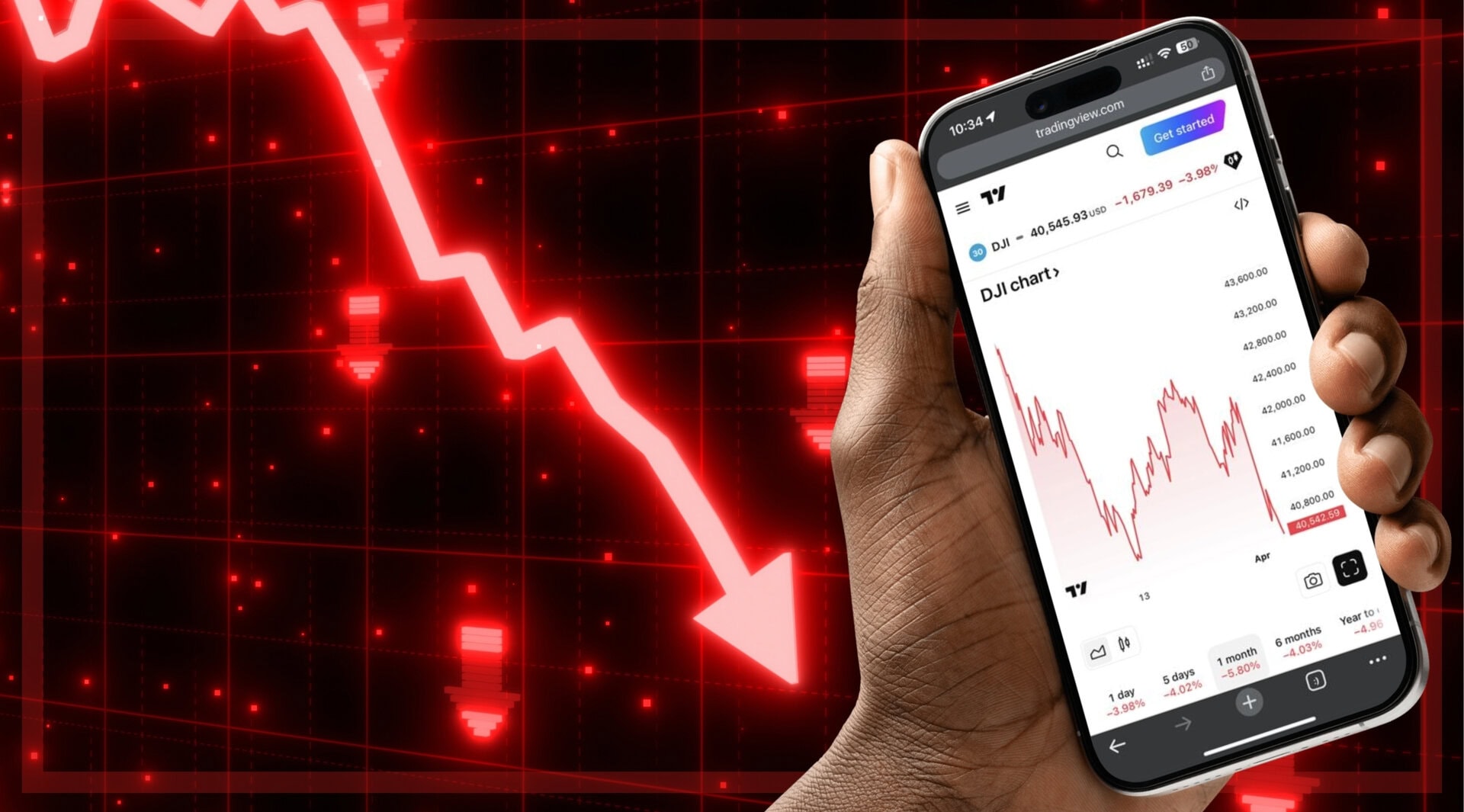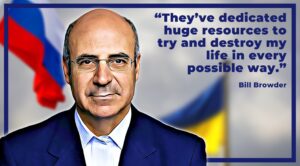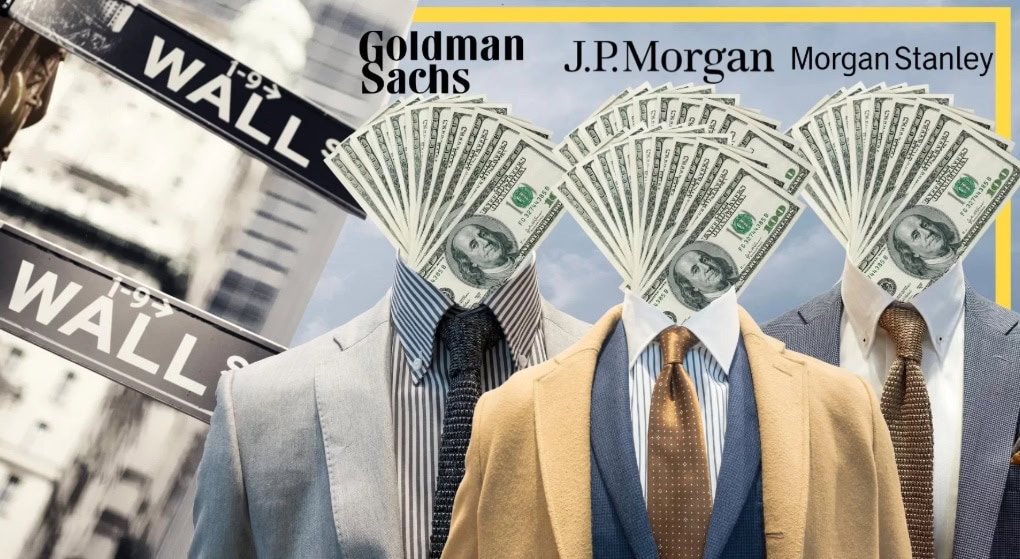London
What are prices? Most students of classical economics would probably say something like they express diffuse networks of information to represent any given object’s worth in a single number. To use Milton Friedman’s famous example, a pencil might contain wood from Washington, graphite from South Africa America, and rubber from Malaya. Its production might involve, directly or otherwise, thousands of people scattered around the world. All of this can be condensed down into a single “price” of, say, $2.
The theory goes that prices gather and express information more accurately than any technocrat or commissar can do. In so doing, changing market prices indicate to consumers around the world what they should do at any given time. When prices rise, consumption falls; when prices drop, consumption rises. These dynamics help to maintain a kind of harmony, stability, and equilibrium. It’s a nice idea: but is this how the modern market economy works in practice?
Writer and director Rupert Russell believes that the situation is much more complicated. In his recent book Price Wars, Russell argues that modern commodity markets are not objective arbiters of value but are instead driven by speculators trading financial assets – particularly derivatives – that are now completely removed from the real-world goods. Despite this, speculators have a very real impact on the actual cost of commodities, such as food and oil, on the ground. Russell believes that dramatic increases or decreases in price, caused by the trading patterns of speculators in New York and London, have helped wreak havoc in societies around the world.
If you’ve never seen Milton Friedman’s classic example of a pencil illustrating the benefits of the free market.
— Free To Choose (@FreeToChooseNet) August 21, 2018
Watch the full video for episode 1 of Free To Choose: The Original 1980 TV Series here ➡️ https://t.co/bfCt6zheDd pic.twitter.com/lBPu4ZLlQQ
Commodity markets have traditionally been rooted in the physical goods. The Chicago Mercantile Exchange (CME) was established in 1898 in response to a problem experienced by farmers trying to sell their wheat and grains. Because farmers would all tend to turn up to the market with their goods at the same time, there would be significant oversupply and prices would plummet.
Futures and options contracts allowed speculators to come into the market and guarantee farmers a future price for their goods at a given point in the year. This allowed prices to stabilise and ensure a steady stream of goods. Speculators played an important role in providing liquidity but, after important reforms made during the Roosevelt era, were capped at 20% of the overall market, meaning that prices were not subject to excessive speculation. Russell noted that “prices would of course change on account of real-world events,” such as failed harvests or draughts, but were not driven by market conjecture.
This changed in the 1990s. Former Chair of the Federal Reserve, Alan Greenspan, persuaded the Clinton administration to introduce the Commodities Futures Modernisation Act, which deregulated commodity trading as well as financial derivatives. This unleashed the power of speculators to set prices and killed the notion that commodity prices should be fundamentally entrenched in real-world conditions.
These distorting speculative strategies – and many others I investigated in my book – are only possible because of the Commodities Futures Modernization Act (2000)
— Rupert Russell 🏳️🌈 (@rupert_russell) July 6, 2022
The chaos in the markets originates not 'over there' in Ukraine, but 'over here' in the US.https://t.co/oHBcqQl9kP
The proliferation of futures and derivatives mean that prices are now driven by factors other than supply and demand on the ground. Russell told Disruption Banking that commodity prices do not necessarily reflect the market’s genuine understanding of what a commodity is worth. Instead, he cited John Maynard Keynes’ concept of the “beauty pageant.” This describes a contest where entrants are asked to guess which model is the most attractive according to the voting population. Naïve participants would simply pick the model they find most attractive. More sophisticated players would think about how other entrants are likely to perceive the models and opt for the model they think will be the most popular, regardless of their own personal opinion.
The same is true on markets. Prices are driven by “guesses about what other people are guessing.” Russell pointed to cryptocurrency markets as particular evidence of this, noting that prices there “are so clearly disconnected from reality” that the only explanation for them is that traders are trying to speculate on what other traders are thinking. But when it comes to financial markets generally, what is driving the guessing game?
A common misconception, Russell believes, is that prices are based on “scientific rather than emotional narratives.” Markets frequently act irrationally and contrary to available information. He notes in his book that oil prices went up significantly in 2014 with the onset of ISIS in the Middle East – despite the fact that the group had no impact on supply. Yet in 2003, when the Iraq War did threaten global oil supplies, prices went down.
In other words, markets often work on inaccurate information and respond to events in illogical ways. “Momentum traders,” such as George Soros, have made billions from judging the “mood of the market” and have proved that “it can be rational to be wrong.” Markets and market prices are not some “external phenomenon” that we cannot control, but a “product of the state” – a structure that has been created by fallible officials and which does not work as it should.
“If the bias and trend survive the testing, both emerge stronger than ever…” George Soros
— Frederik Gieschen (@NeckarValue) January 24, 2021
"You put positions on and then when the thesis starts to evolve and you see the momentum start to change in your favor, then you really go for it. You pile into the trade.” Druckenmiller pic.twitter.com/leyfNM5SPG
Central to the chaos of modern markets is the nature of modern financial products. As commodity markets have developed over time, derivatives have become increasingly more complex to the extent that they are now practically undecipherable. “The whole point of derivatives is that nobody understands them,” Russell said. “It’s total madness.” Warren Buffett called derivatives “financial weapons of mass destruction” partly for this reason. As we saw in 2008, when derivatives in the mortgage market exploded at the heart of the financial system, extremely complicated contracts, totally removed from actual conditions, can cause immense damage.
In Price Wars, Russell pins down commodity market volatility as being responsible for destabilising several societies around the world. The Arab Spring came about when the United Nation’s Food Price Index hit 210 – a crucial tipping point at which food becomes too expensive for basic sustenance. Putin invaded the Crimea after a period of elevated oil prices bolstered the Kremlin’s coffers enough for him to wage war. Mass immigration from Mexico to the United States was heightened after sharp drops in coffee prices on the International Exchange ruined livelihoods. All of this price volatility can, in turn, be traced back to the dynamics unleashed by Greenspan and the nature of modern derivatives.
Would it be possible to “definancialise” commodity markets and return to a place where the role of speculators is more limited? Russell thinks that it would be easy enough if the will was there. “We’ve done it before and can do it again,” he said. “Just return to how the system worked under Roosevelt.” Whether this would be possible given the power of financial markets and the interest groups which profit from them is, of course, another question.
Author: Harry Clynch
















One Response
Highly informative thanks